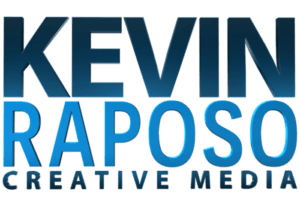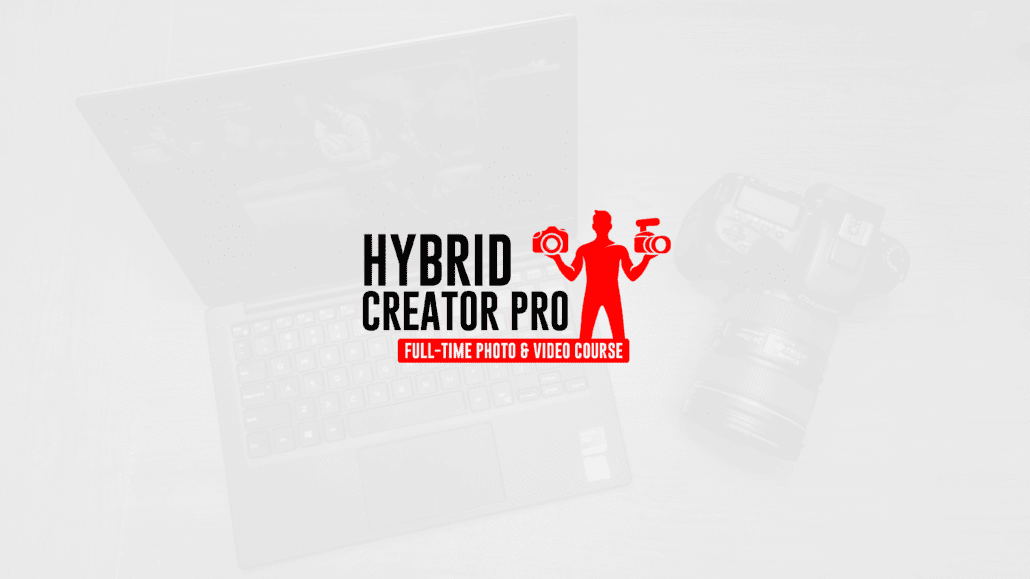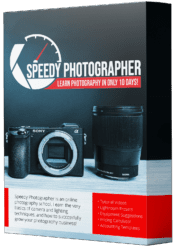Hybrid Content Creation: How Photography and Video Production Are Similar and Different
In this post, we’re going to explore the similarities and differences between photography and video production. Understanding these can help you decide on the gear you need and the skills to develop as you aim to become a hybrid creator.
This guide will break down five key similarities and five differences between photography and video production. While it’s not a comprehensive list, it will give you a good idea of what to expect as you venture into both fields.
Five Similarities Between Photography and Video Production
Equipment: If you’ve bought a DSLR or a mirrorless camera in the past decade, it can likely shoot both photos and videos. This makes transitioning into a hybrid creator much easier. There was a time when these fields required entirely separate gear, but that changed significantly with the release of the Canon 5D Mark II in 2008. Nowadays, the quality of video is often on par with that of still photography.
Camera and Lens Settings: The principles of exposure—shutter speed, aperture, and ISO—apply to both photography and video. The only difference might be the use of shutter angle in cinema cameras, but the basics remain the same.
Color Theory: Understanding color mixing in photography translates directly to video. Shooting in a raw format to preserve dynamic range is common in both fields. For video, a flat picture profile in formats like .mp4 is often used to manage storage space while maintaining highlight and shadow details.
Composition: The rules of composition, such as the rule of thirds, symmetry, and patterns, are consistent across both photography and video. The main difference in video is the need to continuously consider composition, especially when moving.
Lighting Patterns: Lighting techniques such as loop lighting and Rembrandt lighting are applicable in both fields. However, video requires continuous lighting equipment, and three-point lighting is more prevalent due to its versatility and flattering results for subjects.
Five Differences Between Photography and Video Production
Storytelling: A photograph captures a single moment, whereas a video captures a sequence of moments, requiring a different approach to storytelling. In video, much of the story is crafted during editing, whereas photography relies more on capturing decisive moments.
Audio: Audio is a crucial part of video production, adding a new layer of complexity for photographers transitioning to video. Clean, high-quality audio is essential, as poor sound can ruin the viewer’s experience.
Working Environment: Photographers often work solo, while videographers frequently operate in teams, especially during events. This collaborative aspect of video production can be a significant adjustment for those used to working alone.
Shutter Speed: In photography, shutter speed is a creative tool, while in video, it’s more of a rule to ensure cinematic motion blur. For example, to achieve a cinematic look, your shutter speed should be double your frame rate (e.g., 1/50th of a second for a frame rate of 24fps).
Post-Processing: Video editing requires significantly more storage space and computing power than photo editing. This can be a barrier to entry for many, as the demands on your computer are much higher when dealing with video files.
Conclusion
These are just some of the similarities and differences between photography and video production. Both fields offer unique challenges and rewards, and understanding these aspects will help you become a more versatile and skilled creator.
If you have any questions, feel free to leave them in the comments below. See you in the next post!





Leave a Reply
Want to join the discussion?Feel free to contribute!